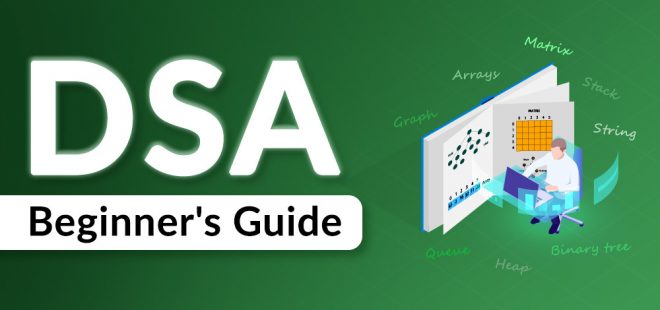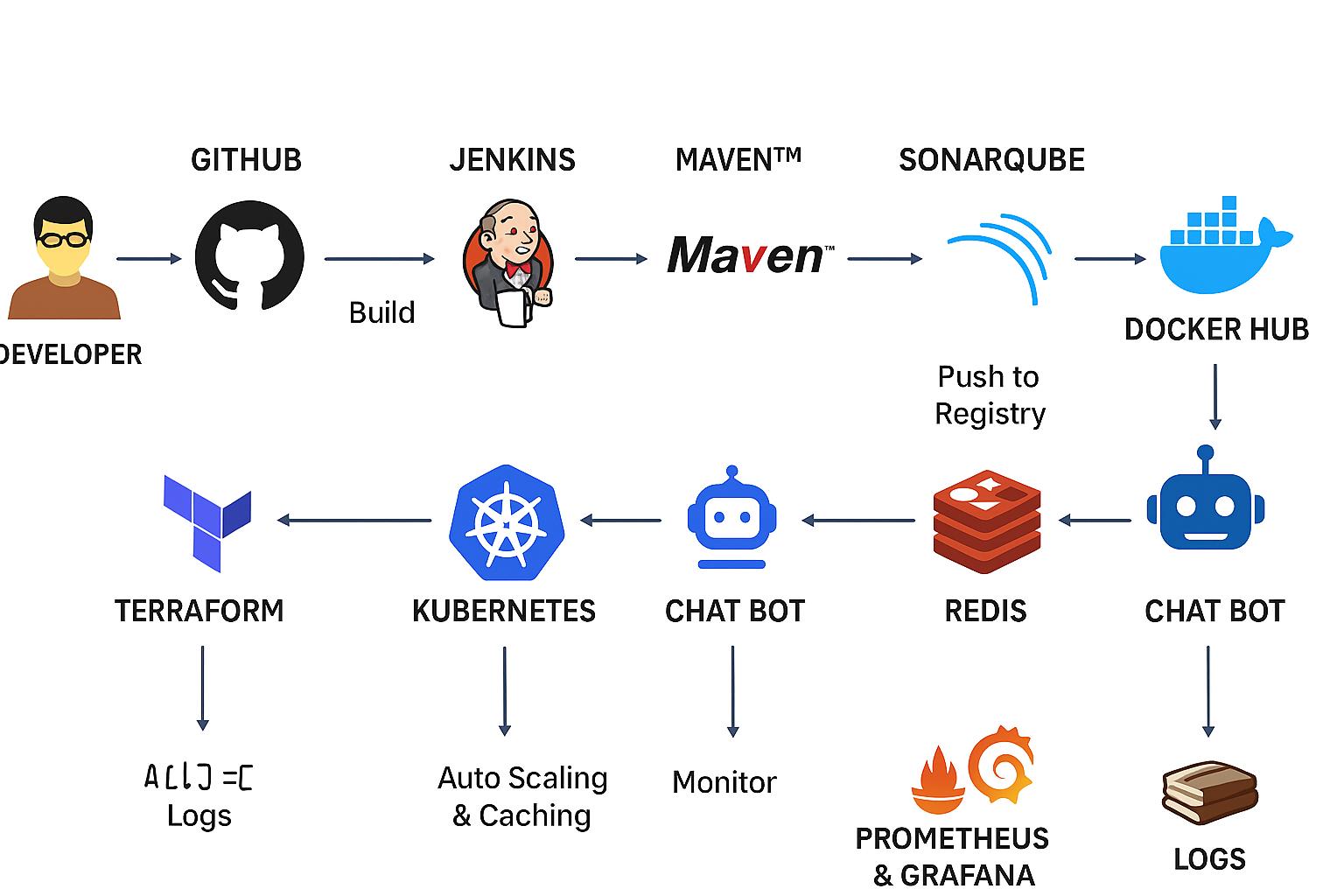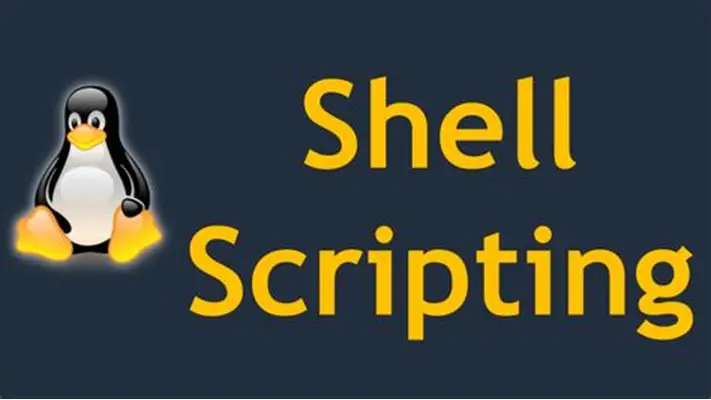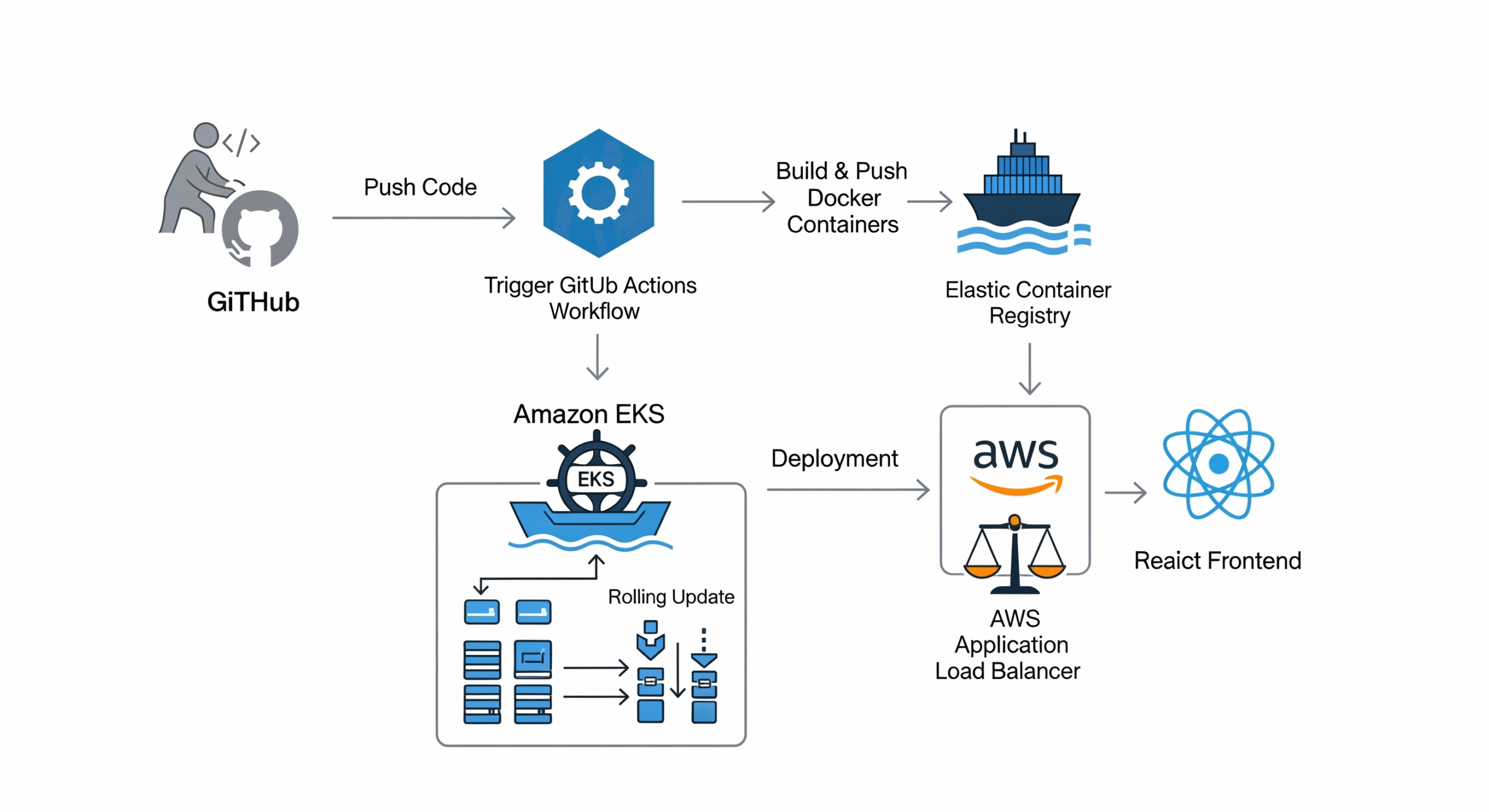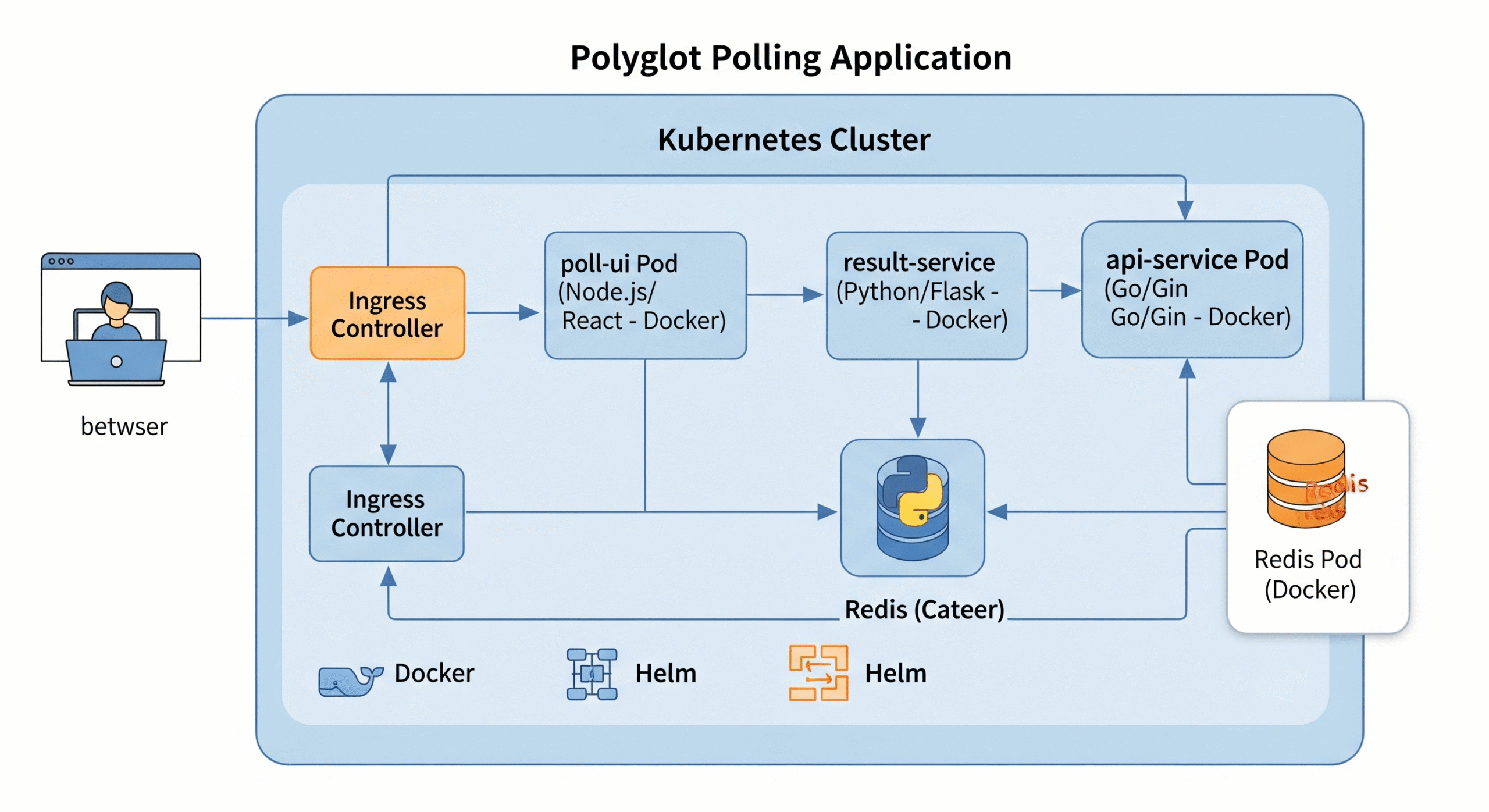Complete DSA Roadmap with Free Resources – Step by Step Guide
Complete DSA Roadmap: Data Structures and Algorithms (DSA) is the most important topic for every student and working professional who wants to crack coding interviews or improve problem-solving skills. Whether you are preparing for product-based companies, service-based companies, or competitive programming, having a strong understanding of DSA is mandatory. Many beginners often get confused about where to start, which language to pick, and how to progress. In this guide, we will provide a complete DSA roadmap with free resources, explained step by step, so that you can follow it without any confusion.
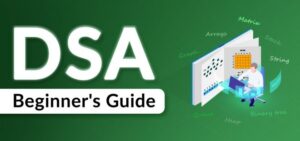
1. Programming Language Fundamentals
The first step in DSA is to master the basics of at least one programming language. You can pick either C++, Java, or Python. Each language has its own advantages, but one language is enough to learn DSA concepts.
You must be clear with:
Variables and Data Types
Loops (for, while, do-while)
Conditionals (if-else, switch)
Functions and Parameters
Object-Oriented Programming (OOPs): Classes, Objects, Inheritance, Polymorphism
📖 Free Resources:
2. Time and Space Complexity
Before solving problems, it is important to understand how to measure the efficiency of your code. This is done by analysing time complexity and space complexity. You should learn:
Big-O notation
Best, Worst, and Average Case Analysis
How complexity affects performance
📖 Free Resources:
- Big-O Cheat Sheet
- Complexity Analysis – GFG
- YouTube: Abdul Bari Complexity Analysis
3. Basic Data Structures
Once the basics are clear, start with simple data structures. These are the foundation of problem-solving. Learn:
Arrays
Strings
Linked List (Singly, Doubly, Circular)
Stack and Queue
📖 Free Resources:
- GeeksforGeeks DSA Playlist
- YouTube: Love Babbar DSA Series
- Practice: LeetCode Easy Problems
4. Recursion and Backtracking
Recursion is one of the most important concepts in DSA. Many problems are solved only using recursion. Once recursion is clear, learn backtracking for advanced problems. Practice:
Factorial, Fibonacci
Tower of Hanoi
Subsets and Permutations
N-Queens Problem
Rat in a Maze
Free Resources:
5. Searching and Sorting
Searching and sorting are building blocks for solving complex problems. Start with binary search and then move to advanced sorting algorithms. Learn:
Binary Search and its applications
Sorting: QuickSort, MergeSort, HeapSort, CountingSort
📖 Free Resources:
Binary Search Patterns – LeetCode
6. Advanced Data Structures
After basics, move to advanced data structures. These are heavily used in interviews and competitive programming. Learn in sequence:
Hashing (HashMap, HashSet)
Trees (Binary Tree, Binary Search Tree, Tree Traversals)
Heaps and Priority Queue
Graphs (BFS, DFS, Dijkstra, Floyd-Warshall, Kruskal, Prim’s Algorithm)
Tries (Prefix Tree)
📖 Free Resources:
7. Dynamic Programming (DP)
Dynamic Programming is the toughest part for many learners, but it is also the most rewarding. Start with easy problems and slowly move to advanced ones. Learn:
1D DP: Fibonacci, Climbing Stairs, Coin Change
2D DP: Knapsack Problem, Longest Common Subsequence, Matrix Path
Advanced DP: DP on Trees, DP with Bitmask
📖 Free Resources:
8. Problem Solving and Competitive Programming
Learning theory is not enough. You must solve 500+ problems gradually to build confidence. Platforms like LeetCode and Codeforces are best for practice. Learn problem-solving techniques such as breaking down a problem, pattern recognition, and edge case handling.
📖 Free Resources:
9. System Design Basics (Optional)
After mastering DSA, you can learn system design basics. It is not required for freshers but is useful for experienced professionals. Learn about:
Scalability
Caching
Load Balancing
Databases
📖 Free Resources:
Final DSA Preparation Strategy
To make your preparation effective, follow this simple timeline:
Start with Language + Complexity (1–2 weeks)
Cover Arrays, Strings, Linked List, Stack, Queue (3–4 weeks)
Learn Recursion + Searching + Sorting (3 weeks)
Move to Trees + Graphs + Hashing + Heaps (1–2 months)
Dedicate 1 month for Dynamic Programming
Daily practice on LeetCode/Codeforces
⚡ Pro Tip: Use LeetCode Top 150 Interview Questions as a checklist to test your preparation.
Conclusion
DSA is not something you can master in one day. It requires regular practice, patience, and problem-solving skills. By following this DSA roadmap with free resources, you will cover all important topics step by step and gain the confidence to solve any coding interview problem. Remember, consistency is the key. Practice daily, revise concepts, and keep challenging yourself with harder problems. This journey may take time, but the results will definitely be worth it.
Download the complete PDF: DSA RoadMap
For more information about Job Notifications, Open-source Projects, DevOps and Cloud project, please stay tuned TechCareerHubs official website.

